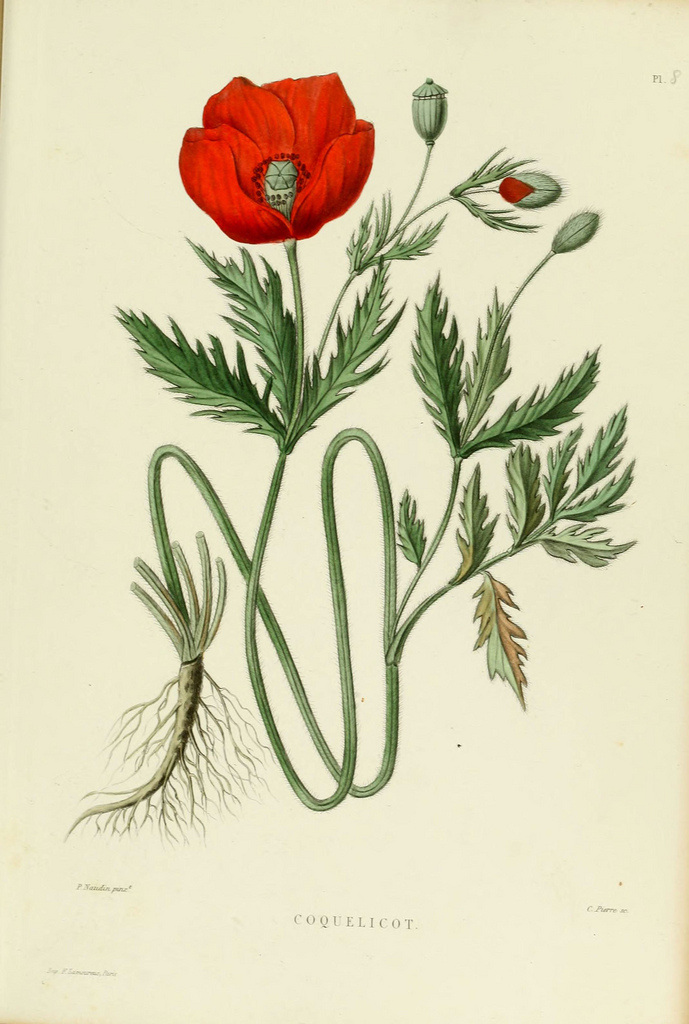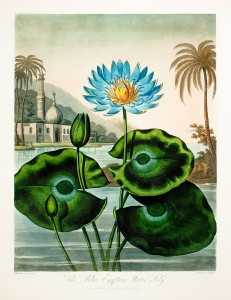Inside The New York Botanical Garden
LuEsther T. Mertz Library
Posted in From the Library on October 18 2011, by Mertz Library
Thomas Alva Edison died on October 18, 1931–eighty years ago today.
In the late 1920s, Edison was deeply engaged in plant research. His goal was to discover a domestic source of rubber, a plant that might produce better material than what was available at the time. (The plant turned out to be goldenrod.)
This effort was spearheaded by the Edison Botanical Corporation and funded by Henry Ford and Harvey Firestone. Research was done by the corporation and by Edison himself at The New York Botanical Garden as well as at Edison’s labs in West Orange, N.J. and Fort Myers, Florida. The great inventor spent several years periodically working at the Garden and its Library, along with assistants John Kunkel Small, Barukh Jonas, William H. Meadowcroft, and others.
Learn more about Thomas A. Edison's research at the Garden below.
Posted in From the Library on September 2 2011, by Mertz Library
The Biodiversity Heritage Library Flickr photostream contains several digital image collections, including Flowering Plants, Algae, Ferns, Fungi & Mosses, and BHL Books.
Featured in the BHL Books collection is the atlas from Jean Gourdon and Philibert Naudin’s 1871 work Nouvelle iconographie fourragère: histoire botanique, économique et agricole des plantes fourragères et des plantes nuisibles qui se rencontrent dans les prairies et les paturages : avec planches gravées sur cuivre et coloriées / par J. Gourdon, P. Naudin. This item was digitized in 2009 by The New York Botanical Garden’s Mertz Library.
The atlas includes an illustration of a coquelicot, or corn poppy:

Also available on the photostream are detailed and thumbnail views of other illustrations in the book.
(Side note: also in the 1870s, in Argenteuil, France, Claude Monet painted his famous Coquelicots (Poppies), which today resides at the Musée d’Orsay in Paris.)
The Biodiversity Heritage Library is a consortium of twelve natural history and botanical libraries that cooperate to digitize and make accessible the legacy literature of biodiversity held in their collections and to make that literature available for open access and responsible use as a part of a global “biodiversity commons.”
The LuEsther T. Mertz Library is a BHL partner.
Posted in From the Library on March 30 2011, by Plant Talk

Of course, we’re not referring to the potholes you might encounter this spring on the Mosholu Parkway or the Cross Bronx Expressway. We’re a botanical and horticultural research library after all, far more interested in natural history, so when we say potholes we mean glacial potholes.
This enormous one was photographed in 1913. Originally it would have been twelve feet deep, four to five feet in width, tapered at the bottom. And its earliest published description might have come from Nathaniel Lord Britton, first Director-in-Chief of The New York Botanical Garden, in the proceedings of the New York Academy of Sciences.
Dr. Britton told a meeting of the Academy, on June 5, 1882, that the above as well as other potholes were “brought to my notice by the late Professor A. Wood. They are located on the western bank of the Bronx River, about midway between Bronxdale and Williamsbridge…near the western end of a now dismantled and impassable bridge, with stone abutments, and in the northern part of a hemlock grove which fringes the stream for about a mile below. It is one of the most picturesque spots in the vicinity of New York City, and a walk along the little river from Bronxdale to Williamsbridge is always enjoyable.”
Housed in the archives of The LuEsther T. Mertz Library, this historical photo also accompanied “Pot-holes in The New York Botanical Garden”—an article by paleobotanist Charles Arthur Hollick, in the September 1913 issue of the Journal of the New York Botanical Garden, page 157.
“Pot-holes are bowl- or basin-like depressions in rock,” Hollick wrote, “caused by the abrasive action of gravel or cobble stones when churned around in the depressions by rapidly moving water. A pot-hole has its beginning in an irregularity or inequality in the rock bed of a stream, in which gravel or perhaps a single cobble stone or other rock fragment finds logdment. If the conditions are favorable, so that the foreign material is free to move and the current of the stream is sufficiently rapid to churn or swirl it around, the original inequality in the stream bed becomes deeper and more or less circular in shape, from the abrasive action of its contents, and a pot-hole is formed. A pot-hole, therefore, no matter where it may be located, is definite evidence that the rock in which it was excavated must have been, at some time, a part of the bed of a rapidly flowing stream.”
Posted in Exhibitions on November 4 2009, by Plant Talk
 |
Jane Dorfman is Reference Librarian/Exhibitions Coordinator in the LuEsther T. Mertz Library. |
Mertz  Library Director Susan Fraser and Curators Stephen Sinon and I had the delightful task of selecting the 63 items that comprise the latest exhibit in the Library’s Rondina and LoFaro Gallery, Ex Libris: Treasures from the LuEsther T. Mertz Library, on through January 10, 2010. This is a show about the Library’s rich and varied collections. Although delightful, it was not an easy task to select from such a treasure trove of material. The LuEsther T. Mertz Library is the largest botanical and horticultural library under one roof, and this show is but a small sampling of the Library’s rich and varied collections of rare books, original botanical art, and manuscripts.
Library Director Susan Fraser and Curators Stephen Sinon and I had the delightful task of selecting the 63 items that comprise the latest exhibit in the Library’s Rondina and LoFaro Gallery, Ex Libris: Treasures from the LuEsther T. Mertz Library, on through January 10, 2010. This is a show about the Library’s rich and varied collections. Although delightful, it was not an easy task to select from such a treasure trove of material. The LuEsther T. Mertz Library is the largest botanical and horticultural library under one roof, and this show is but a small sampling of the Library’s rich and varied collections of rare books, original botanical art, and manuscripts.
We selected the individual pieces on the basis of our combined knowledge of the collections and on research regarding the unique character of each object and its inherent beauty or distinctiveness, such as the hand-colored and color-printed aquatint engraving shown above, The Blue Egyptian Water-Lily from Temple of Flora, by Robert John Thornton (1768?–1837; London: T. Bensley, 1907), one of the greatest botanical works ever published.
In our selections we also favored those objects that were not shown in our previous exhibits. And we strove to include sumptuous images, so pictures of fruits naturally came to mind. One unusual and beautiful book about fruits (and vegetables) by 19th-century German author Johann Ferdinand Shreiber (fl. 1839), Bilder zum Anschauungs-Unterricht für die Jugend, is actually a children’s book. It was rediscovered by Stephen while he was looking for images to promote the Garden’s summer show, The Edible Garden. He kept the book in mind, and now it’s in the Ex Libris exhibit, displaying luscious grapes and abundant hops.
Read More




 Library Director Susan Fraser and Curators Stephen Sinon and I had the delightful task of selecting the 63 items that comprise the latest exhibit in the Library’s Rondina and LoFaro Gallery,
Library Director Susan Fraser and Curators Stephen Sinon and I had the delightful task of selecting the 63 items that comprise the latest exhibit in the Library’s Rondina and LoFaro Gallery,